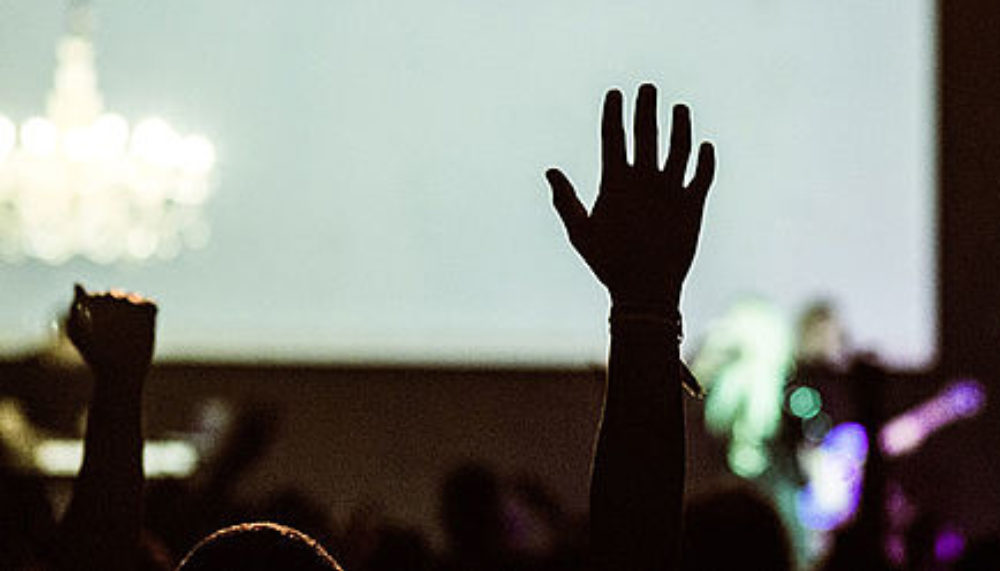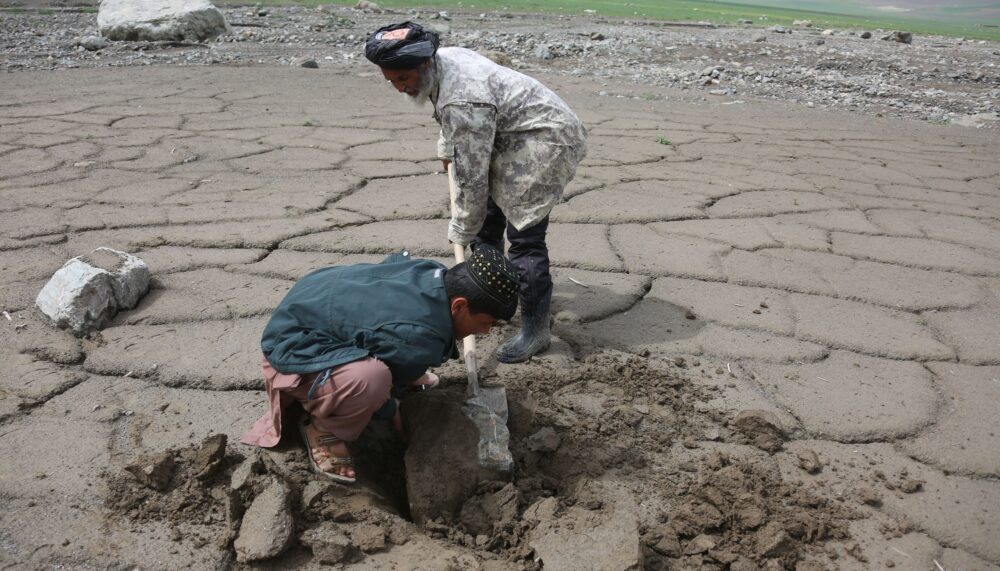BLOG POST | 18 Dec 2019
Religion – a source of peace or discord?

Does religion offer an identity-building framework to spread peace beyond the boundaries of social communities?
By Hans-Joachim Giessmann
Does religion offer an identity-building framework to spread peace beyond the boundaries of social communities? Can faith-based actors make an effective contribution to overcoming violence and building sustainable relations within communities and between states? Or is religion a source of prejudice and conflict among different social groups?
There is no simple answer to these questions. The relationship between religion and violence in history is far from ambiguous. Many wars have been fought and crusades waged, from the early Middle Ages to the present, to impose one faith on others. History offers countless examples, large and small, of the forceful exclusion of certain faith groups or even the denial of their right to exist. Modern terrorism is also often justified by its masterminds through exaggerated creeds of various kinds. The traditional religious texts of monotheistic religions, however, offer hardly any reliable grounds for legitimising the use of violence against those who believe differently.
Violent actors who claim some exclusive religious agency mostly do so on the basis of purposefully misinterpreted texts drawn from different sources and taken out of context. This is not only manipulative, but also intersects with the unfortunate power vacuums caused by governance shortcomings in many countries, exploiting the tendencies toward polarization and alienation rooted therein in order to justify violence against those with dissenting views and differing beliefs.
Violent actors who claim some exclusive religious agency mostly do so on the basis of purposefully misinterpreted texts drawn from different sources and taken out of context.
However, such interpretations shamelessly pervert the traditional canon of values of a faith-based community. Violent actors do not acknowledge the unifying values of faith, but instead deliberately exaggerate the non-negotiable differences between religions. Apart from the common roots of monotheistic religious communities, there are many shared values and even affinities in their writings. The tactic of faith-based manipulation, however, aims to provoke and inflame tensions, and, in the worst case, can lead to attempts to annihilate people of other faiths and beliefs – as happened in Bosnia in the 1990s or, more recently, with ISIS in Iraq and Syria.
It must be said that this history is not merely a tale of violence in the name of religion: it is also one of religious tolerance and reconciliation, of resistance against oppression, of peaceful coexistence across all conceivable borders. Evidence is visible in all religious communities.
At the start of December, some 200 leaders of very different religious communities gathered with researchers, practitioners and civil society representatives in New York. They worked together to make concrete proposals out of the "Peace Charter for Forgiveness and Reconciliation", adopted during the meeting of the World Assembly of the Community "Religions for Peace" in Lindau at Lake Constance last summer. The attendees’ desire to boost and strengthen the peace-creating potential of cooperation among faith communities was clearly in evidence. As was the case at Lindau, the religious representatives in New York – among them many women, but unfortunately still too few young people – showed how individual readiness to assume moral responsibility can transform into common ideas for cooperative action, making the borders between religions appear less important and thus opening new space for political influence.
Their proposals raise hope for a broader civil society resistance against policies of exclusion and disenfranchisement. Concrete proposals covered topics including the struggle for the abolition of nuclear weapons, dealing with the conflict-aggravating effects of climate change, strengthening reconciliation approaches in peace processes following protracted violence, promoting peace mediation in intractable conflicts, and boosting peace pedagogy to encourage the coming generations.
What follows from this brief analysis? Whether religion serves as a catalyst for, or an impediment to, peace has nothing to do with choosing between different texts, and all to do with people being willing to cooperate rather than rejecting peace for self-serving reasons. The Religions for Peace initiative offers hope that a common responsibility for peace can rise from faith-based communities’ increasingly strong voices, which in turn can help to bridge differences.
The Berghof Foundation sees the positive role of these actors as a good opportunity to promote inclusive peace processes and to strengthen cooperation with faith-based actors in mediation and peace education.
Media contact
You can reach the press team at:
+49 (0) 177 7052758
email hidden; JavaScript is required


